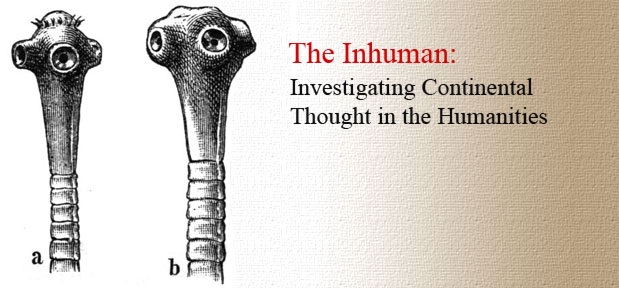ART AS OTHER COLLECTIVES
DOI:
https://doi.org/10.25071/1718-4657.36731Abstract
Art and nature, art in nature, share a common structure: that of excessive and useless production—production for its own sake, production for the sake of profusion and differentiation. (Grosz 2008: 9)In 1986, artist Lily Yeh was asked by her friend, acclaimed dancer Arthur Hall, to transform the abandoned lot next to his house. He had seen the indoor gardens that she had created in galleries, and asked if she could do a similar project outdoors. When Yeh first entered the North Philadelphia neighbourhood of Fairhill-Hartranft, it was nothing like the neighbourhood she would leave in 2004. Walking down the streets for the first time she saw many adults with suspicious faces staring at her as she made her way past abandoned lot, after abandoned lot. Broken glass in boarded up doorways were the gathering places for people with nowhere else to go. Children played with whatever was lying around; hollering mothers worried about what they were picking up. The lines of poverty and racism, the systematic marginalization and neglect of (primarily) black people in the United States, resulted in the overdetermined positioning of the so-called‘inner-city ghetto.’These lines of death were produced through the conjunctions of policy, brutality, racism and poverty that resulted in a territorialization of this place as a site of crime, violence, drug addiction and hopelessness. But at the beginning of the 20th century, this neighbourhood was the site of summer homes, known for its fields of strawberries. It was then refashioned into a bustling heart of manufacturing, the fields were paved over, and the taste of strawberries turned to burning plastics. The depression hit. Factories began to close, leaving nothing in their wake but a faint rancid smell and contaminated soil. The neighbourhood transformed, riding a wave of white flight and racial tension. People rose up, spoke out and refused to suffer any longer, but in the turmoil, in their anger, they burned the neighbourhood. More suffering, but this time there was simply a feeling of abandonment, hopelessness, stagnation. The policies of the Reagan years left their effect. Lots collected garbage. And so it was that Yeh found herself in North Philadelphia.Published
2008-10-04
How to Cite
Davis, H. (2008). ART AS OTHER COLLECTIVES. ETopia. https://doi.org/10.25071/1718-4657.36731
Issue
Section
Articles

